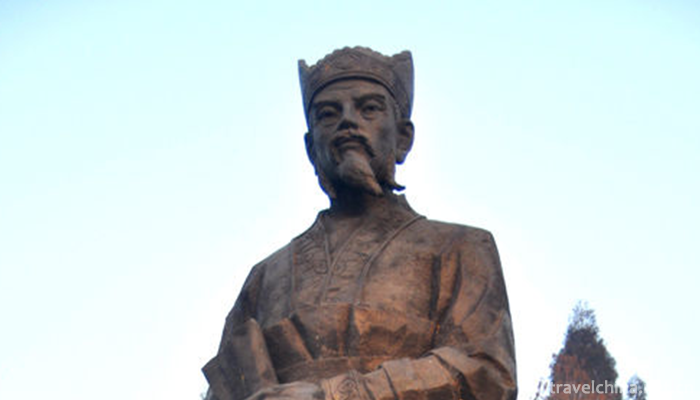Legend of Liu Bowen
Liu Bowen's legend is based on the traditional folk oral literature of Liu Ji, a historical figure, spread throughout the whole country in eastern Zhejiang, with Qingtian, Wencheng and other southern Zhejiang areas as the core areas.
On June 7, 2008, Liu Bowen's legend was approved by the State Council to be included in the second batch of national intangible cultural heritage list.
Historical origin
Liu Ji, Zi Bowen, a famous politician, litterateur, thinker and militarist in late Yuan and early Ming Dynasty, was born in Wuyang Village, Nantian Mountain, Qingtian County, Zhejiang Province (now Wencheng County), and was the founder of the Ming Dynasty. The legend about him was born when he was alive, and the earliest records in writing should be included in Huang Bosheng's Liu Gong Xing Zhuo in the early Ming Dynasty. Over the past 600 years, Liu Bowen's legend has been enriched by folk oral creation and records of literati in past dynasties. At present, there are no more than hundreds of legends collected in Qingtian, Wencheng and other places, most of which are oral inheritance.
primary coverage
The contents include Liu Ji's family background, wisdom and learning, ingenuity and ingenuity, anti-riot and peace, the achievements of founding the country, and the local customs of his hometown, and many other aspects.
Inheritance value
The legend of Liu Bowen has a high literary value and has a great influence on the history of Chinese folk literature; the wisdom story, which occupies a large proportion, has an important cognitive value; the legend of Liu Bowen is a model of traditional morality, and his story has a certain moral enlightenment effect; some historical factors contained in the legend can make up for the inadequacy of the record of Liu Ji in the official history. Therefore, it has certain historical research value.
Inheritance status
There have been many different versions of Liu Bowen's legends in the past, but there are still many related legends that have not been well documented and sorted out. With the passage of time, there are fewer and fewer related narrators. If they are not rescued and protected in time, these oral folk literature will probably be lost.

0 Questions
Ask a Question
Your email address will not be published.